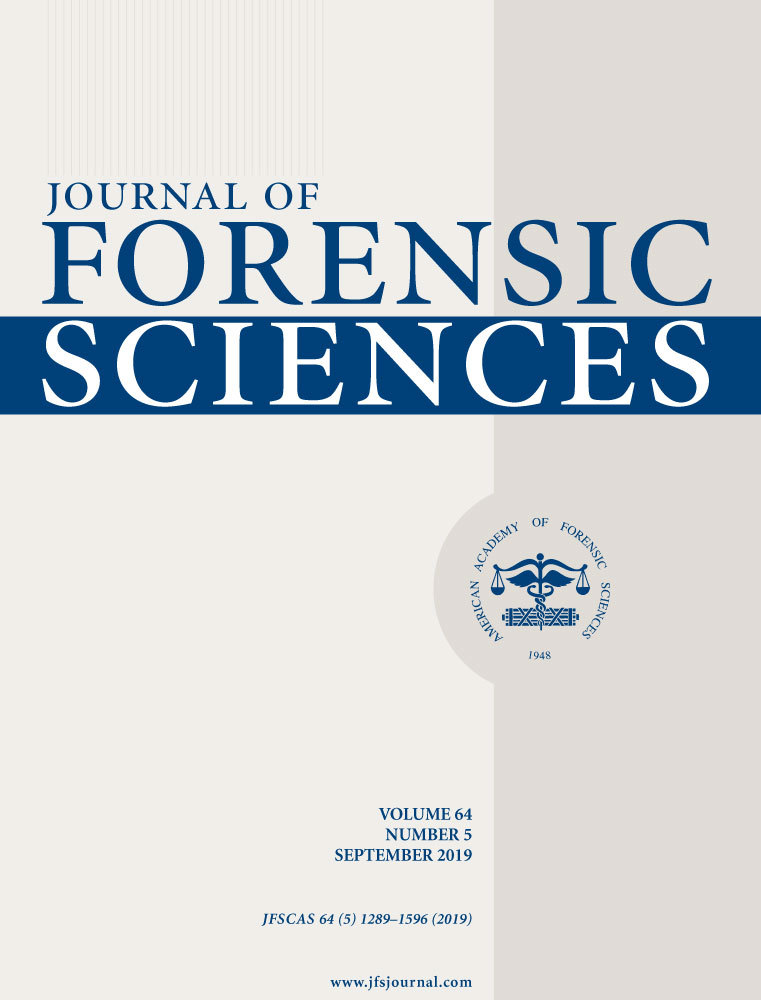Performance Evaluation of a Registered Ballistic Database Using the Evofinder® System†
Abstract
Firearms for police in China are registered along with their fired bullets and cartridge cases. A Registered Ballistic Database (RBD) of 1000 Norinco QSZ-92 pistols with registered ammunition was established and was evaluated through the Evofinder® system. In this research, 1000 bullets and 1000 cartridge cases were randomly selected and correlated against an RBD of 2996 bullets and 2999 cartridge cases. Examiners found that successful identifications all ranked 1st, supported with land (100%), groove (97%) engraved areas, and primary marks (85.6%) for bullets, and firing pin impressions (99.8%), and breech face marks (99.9%) for cartridge cases. Two known matches (KM) for the same pistol rank in the top two (100%). The distribution of similarity scores varies from marks; however, the Evofinder® system could still effectively distinguish known matches from known nonmatches (KNM) for either bullets or cartridge cases. This study demonstrates the efficiency of the RBD.




